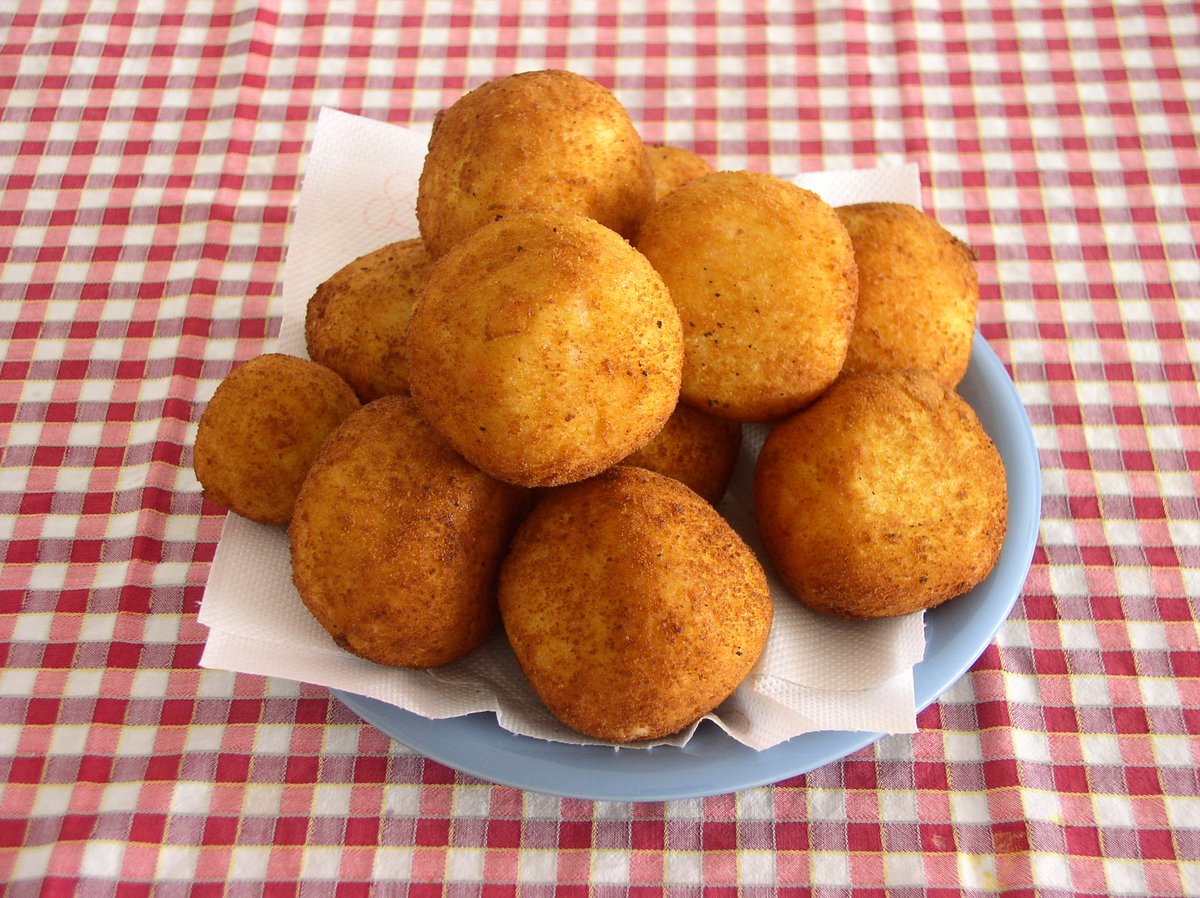Next up in our tour of Italy’s 20 regions: Sicily 🇮🇹
The largest island in the Mediterranean.
Known for ancient ruins, coastal towns, strong traditions, and a mix of cultural influences.
Let’s take a tour 🧵
The largest island in the Mediterranean.
Known for ancient ruins, coastal towns, strong traditions, and a mix of cultural influences.
Let’s take a tour 🧵

Sicily has been shaped by many civilizations: Greeks, Romans, Arabs, Normans, Spanish, and more.
Its position in the Mediterranean made it a strategic crossroads for trade and conquest.
You’ll see the history in its cities, food, language, and architecture.
Today it’s known for:
• Mt. Etna
• Historic cities and archaeological sites
• Distinct cuisine with layered influences
• Long stretches of coastline
Its position in the Mediterranean made it a strategic crossroads for trade and conquest.
You’ll see the history in its cities, food, language, and architecture.
Today it’s known for:
• Mt. Etna
• Historic cities and archaeological sites
• Distinct cuisine with layered influences
• Long stretches of coastline

📍Palermo
The capital of Sicily.
It combines Arab-Norman churches, street markets, and 19th-century theatres.
Notable spots include the Palatine Chapel, Ballarò Market, and the Teatro Massimo opera house.
The capital of Sicily.
It combines Arab-Norman churches, street markets, and 19th-century theatres.
Notable spots include the Palatine Chapel, Ballarò Market, and the Teatro Massimo opera house.

📍Catania
Catania sits at the base of Mount Etna, Europe’s most active volcano.
The city has wide boulevards, Baroque churches, and a lively street food scene.
Catania sits at the base of Mount Etna, Europe’s most active volcano.
The city has wide boulevards, Baroque churches, and a lively street food scene.

📍Syracuse
Syracuse, once a major Greek city, is full of archaeological remains.
You can visit the Greek theater, try great food, and explore its winding streets.
Syracuse, once a major Greek city, is full of archaeological remains.
You can visit the Greek theater, try great food, and explore its winding streets.

📍The Valley of the Temples
The Valley of the Temples, near Agrigento, features some of the best-preserved Greek temples outside of Greece.
It’s a large archaeological park with temples, olive trees, and walking trails.
The Valley of the Temples, near Agrigento, features some of the best-preserved Greek temples outside of Greece.
It’s a large archaeological park with temples, olive trees, and walking trails.

📍The Baroque Towns
After a major earthquake in 1693, towns like Noto, Modica, and Ragusa were rebuilt in Baroque style.
They’re known for ornate facades, quiet alleyways, and historic churches.
After a major earthquake in 1693, towns like Noto, Modica, and Ragusa were rebuilt in Baroque style.
They’re known for ornate facades, quiet alleyways, and historic churches.

📍Taormina
A well-known coastal town with a Roman-Greek theater overlooking the sea.
It’s a popular spot with a walkable historic center and access to nearby beaches.
A well-known coastal town with a Roman-Greek theater overlooking the sea.
It’s a popular spot with a walkable historic center and access to nearby beaches.

📍The Aeolian Islands
North of Sicily are these volcanic islands.
Lipari is the busiest, Salina is green and relaxed, and Stromboli is known for its active volcano.
You can travel between them by boat.
North of Sicily are these volcanic islands.
Lipari is the busiest, Salina is green and relaxed, and Stromboli is known for its active volcano.
You can travel between them by boat.

Sicilian cuisine reflects the island’s history and geography:
• Arancini (stuffed rice balls), caponata, and fried snacks
• Pasta with sardines, pistachio, or eggplant
• Desserts: cannoli, cassata, granita
• Wines: Nero d’Avola, Etna Rosso, Moscato di Pantelleria
• Arancini (stuffed rice balls), caponata, and fried snacks
• Pasta with sardines, pistachio, or eggplant
• Desserts: cannoli, cassata, granita
• Wines: Nero d’Avola, Etna Rosso, Moscato di Pantelleria

Sicily is a region with a long memory and a strong sense of place.
Its towns, landscapes, and food all reflect its complex history.
Next up: Sardinia 🇮🇹
Follow along as we explore all 20 regions of Italy 🧵
Its towns, landscapes, and food all reflect its complex history.
Next up: Sardinia 🇮🇹
Follow along as we explore all 20 regions of Italy 🧵
• • •
Missing some Tweet in this thread? You can try to
force a refresh






















